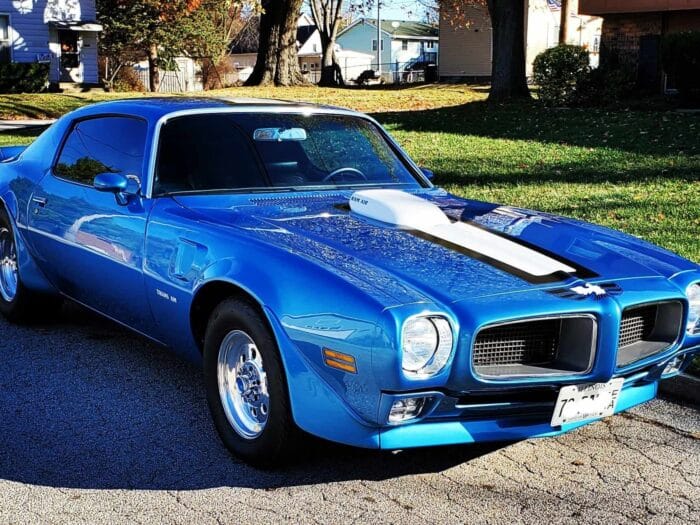In the world of cars, few parts have seen as many changes as the transmission. One company that made a big impact on this is Auto Gear, right in Syracuse, New York. They played a major role in the development of 4-speed transmissions, leaving a lasting legacy in automotive history.
Let’s embark on a journey through time, tracing the origins, innovations, and impact of Auto Gear’s contributions to automotive history.

Auto Gear’s story begins in the early 20th century when the automotive industry was in its youth. Founded in 1945, Auto Gear quickly became a prominent manufacturer of transmissions, specializing in manual gearboxes. In the era when three-speed transmissions were the norm, Auto Gear set its sights on engineering a more versatile and performance-oriented solution.
The 4-speed transmission was a game-changer, offering drivers greater control over their vehicles and improved performance across a range of driving conditions. Auto Gear seized this opportunity, leveraging its expertise in transmission technology to develop innovative solutions.
Throughout the years, Auto Gear refined its manufacturing processes, embracing advancements in materials, machining techniques, and design principles. These efforts culminated in the creation of durable, high-performance 4-speed transmissions that became synonymous with reliability and precision.
Auto Gear’s 4-speed transmissions found their way into a variety of iconic vehicles, from muscle cars to sports cars and everything in between. Both car enthusiasts and professional racers praised the quick and efficient performance of Auto Gear transmissions, solidifying their legendary status in the automotive world.

The introduction of the 4-speed transmission not only enhanced driving dynamics but also fueled a cultural shift in how cars were perceived and experienced. Suddenly, acceleration, top speed, and gear ratios became topics of passionate discussion among gearheads and casual drivers alike.
As automotive technology continued to evolve, so did Auto Gear. The company adapted to changing trends and market demands, embracing advancements such as computer-aided design, lightweight materials, and precision manufacturing techniques.
Today, Auto Gear’s legacy lives on, as its transmissions continue to power vehicles on roads and racetracks around the world. While the automotive landscape may have shifted towards automatic and semi-automatic transmissions, the enduring appeal of a manual gearbox, especially a well-crafted 4-speed, remains strong.
The history of Auto Gear’s 4-speed transmissions is a testament to the ingenuity, craftsmanship, and passion that drive automotive innovation. From humble beginnings in Syracuse, NY, Auto Gear became an industry leader in transmission technology, leaving a lasting mark on the automotive landscape. As we look to the future of transportation, let us remember the lessons of the past and the contributions of visionaries like Auto Gear to shaping the vehicles we know and love today. Auto Gear, Make the Shift!


